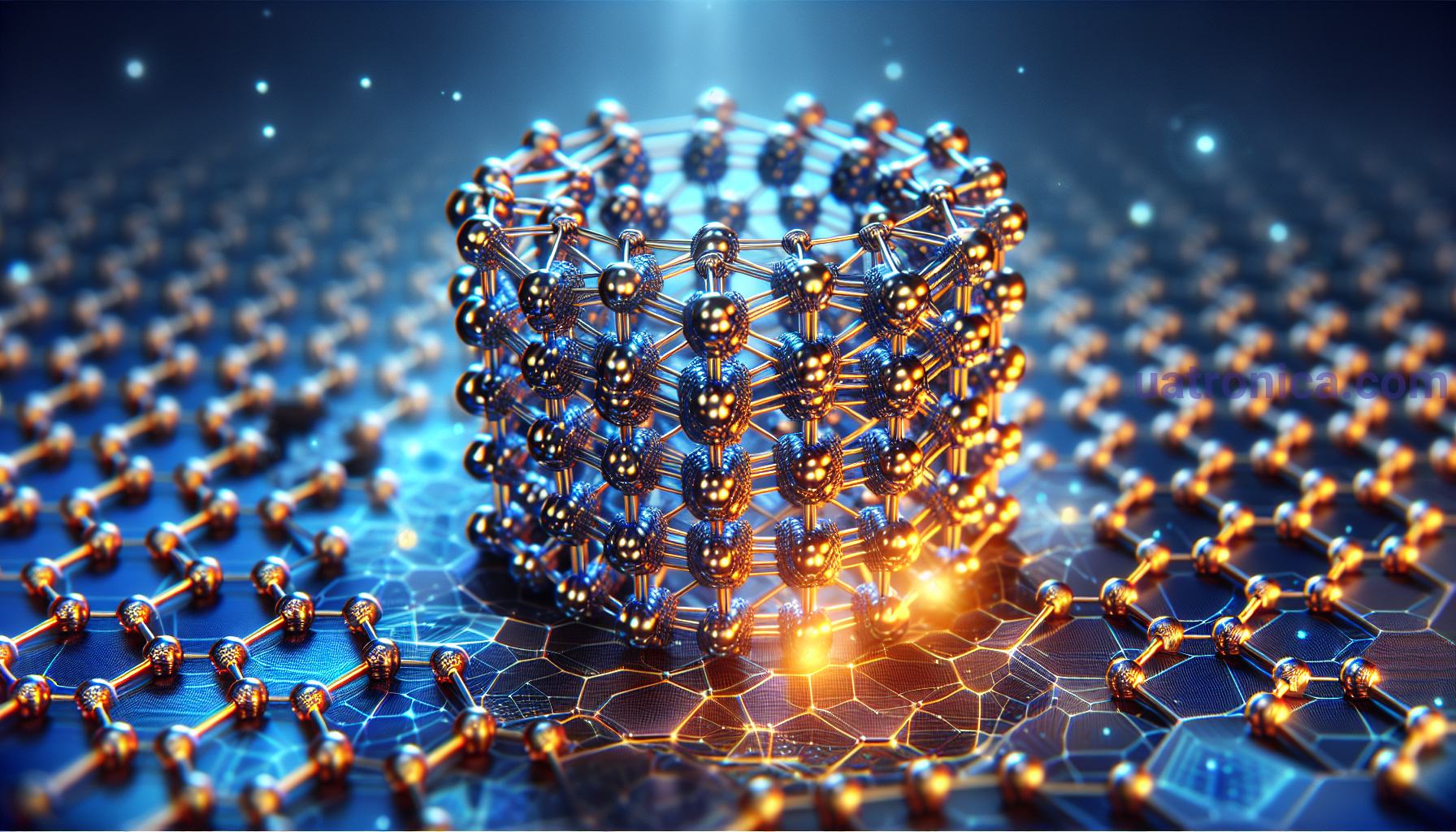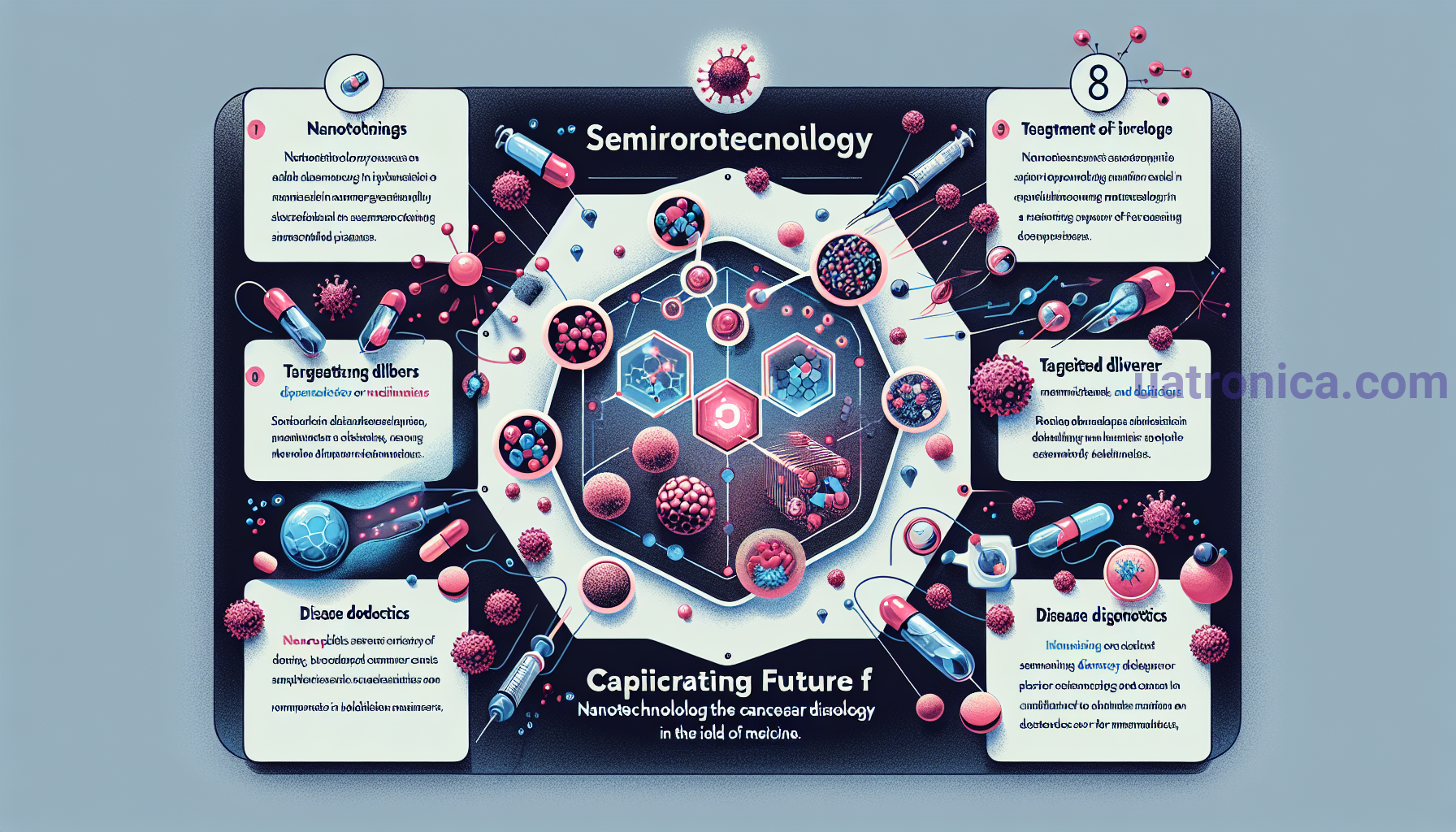Introduction
Semiconductors are the basis of modern electronics. They are used in all areas of our lives – from small electronic devices such as smartphones to complex industrial process control systems. Advances in semiconductor technology are constantly changing our environment, making it more automated, convenient, and secure.
In this article, we will look at 12 exciting technological discoveries in the field of semiconductors, which will become innovations in the electronics of the future. All these discoveries that will transform our lives and take the electronic industry to a new level are described in detail. We will show you how these technologies work and how they can be applied in various areas of technological progress.
1. Quantum dots
Quantum dots are nanostructures several nanometers in size that have special properties. Since their size is compared to the wavelength of light, the interaction between light and quantum dots is based on quantum effects. This allows you to use them to create multifunctional electronic components.
Quantum dots can effectively absorb and scatter light, which opens up new possibilities for creating bright and energy-efficient displays, solar cells and lasers. Quantum dots can also be used to create quantum computers that can process large amounts of data much faster than classical computers.
Product available by link.
2. Graphene-based systems
Graphene is a material consisting of a single layer of carbon that has incredible strength and conductivity. Thanks to these properties, graphene is used in many areas: from electronics to medicine.
One of the most exciting applications of graphene is the creation of graphene-based systems such as graphene transistors and graphene digital logic circuits. These systems can work at a speed of up to several trillion operations per second, which makes them indispensable in complex calculations and processing of large volumes of data.
3. Quantum transistor
A quantum transistor is an electronic device that is based on quantum effects and is capable of operating at very low voltages. These transistors have greater computing power and computing speed than traditional silicon transistors.
Quantum transistors will find applications from microprocessors to quantum computers. They will make it possible to provide the necessary data processing and information storage in the growing areas of the Internet of Things, artificial intelligence and big data analytics.
Product available by link.

4. Nanotubes
Nanotubes are structures consisting of rolls of graphene formed by rolling a flat layer. They have unique properties such as high strength and conductivity.
Nanotubes have found application in various industries, in particular in the production of solar cells, sensors and batteries. They can also be used to create a network of nanotubes that will allow data to be transferred at speeds close to the speed of light.
5. Organic electronics
Organic electronics is a branch of science that studies the interaction of organic materials with electric currents and fields. These materials include polymers, oxides, and ceramics.
Organic electronics differs from traditional electronics in that it is based on the conductivity of charged particles (ions). It allows to create flexible, transparent and electronics that can work at low voltages. Examples of these devices are flexible sensors, organic LEDs, and organic solar cells.
6. Molecular magnification method
The molecular growth method (MWM) is an advanced method for the production of semiconductor devices, which is based on the growth of single crystal films based on pairs of molecules.
MMZ makes it possible to manufacture semiconductor devices with high purity and uniformity on an atolifrost substrate. This method is used to grow semiconductor devices such as photodiodes, transistors, and electron lasers.
7. Technologies of memristors
A memristor is an electronic device that allows information to be stored in the form of resistance that can be controlled by an electric current. It works on the basis of the effect of changing the resistance of the semiconductor film.
Memristors are used in modern electronics to store information, as well as to create artificial neural networks and intelligent systems. They enable low-power data processing, which makes them particularly important for the development of artificial intelligence and machine learning.
8. Photovoltaic devices based on Perov ferrites
Perovskite ferrites are hybrid materials consisting of organic and inorganic components. They have high photovoltaic properties and are able to efficiently convert sunlight into electric current.
Photovoltaic devices based on Perovskite ferrites have high efficiency and durability, which makes them attractive for use in solar batteries and other renewable energy sources. The large area of Perov ferrites also ensures a low cost of their production.

9. Nanotechnology in medicine
Nanotechnology has found wide application in medicine, in particular in the treatment of cancer, drug delivery and disease diagnosis.
Nanoparticles such as nanotubes and quantum dots can be used to deliver drugs to specific organs or cells. This allows you to reduce the dose of drugs and minimize the side effects of treatment.
Nanotechnology also makes it possible to develop new methods of diagnosing diseases. For example, nanoparticles can be used to detect cancer cells in the early stages of the disease, when traditional diagnostic methods are not yet effective.
10. Quantum computing
Quantum computing is a new approach to information processing based on quantum effects. By using qubits instead of bits, quantum computers can process much faster and more powerfully than traditional digital computers.
Quantum computers will make it possible to solve complex computational problems, which are now considered insurmountable for classical computers. They will find applications in cryptography, process optimization and chemical research.
11. Quantum dots in biomedicine
Quantum dots have also found wide application in biomedicine. They can be used to visualize and diagnose diseases, as well as to deliver drugs to specific organs or cells.
Quantum dots make it possible to determine the location and number of cancer cells in the early stages of the disease, as well as to monitor the effectiveness of treatment. They can also be used to deliver drugs to specific cells, providing more effective and safer treatment.
12. High-frequency transistors
UHF transistors are transistors that are capable of operating at very high frequencies, exceeding the ranges used in classical electronic computing devices.
Ultra-high-frequency transistors will find application in high-speed communication systems, such as 5G technologies, as well as in ultra-precise radio engineering and radar systems.
Conclusion
Technological breakthroughs in the field of semiconductors are constantly changing our environment, providing new opportunities and conveniences. From quantum dots and graphene-based systems to quantum transistors and ultrahigh-frequency transistors, these innovations will transform the electronics industry and take our capabilities to the next level. Thanks to these technological breakthroughs, we will get bright and energy-efficient displays, fast and powerful computers, as well as new opportunities in medicine and energy.










